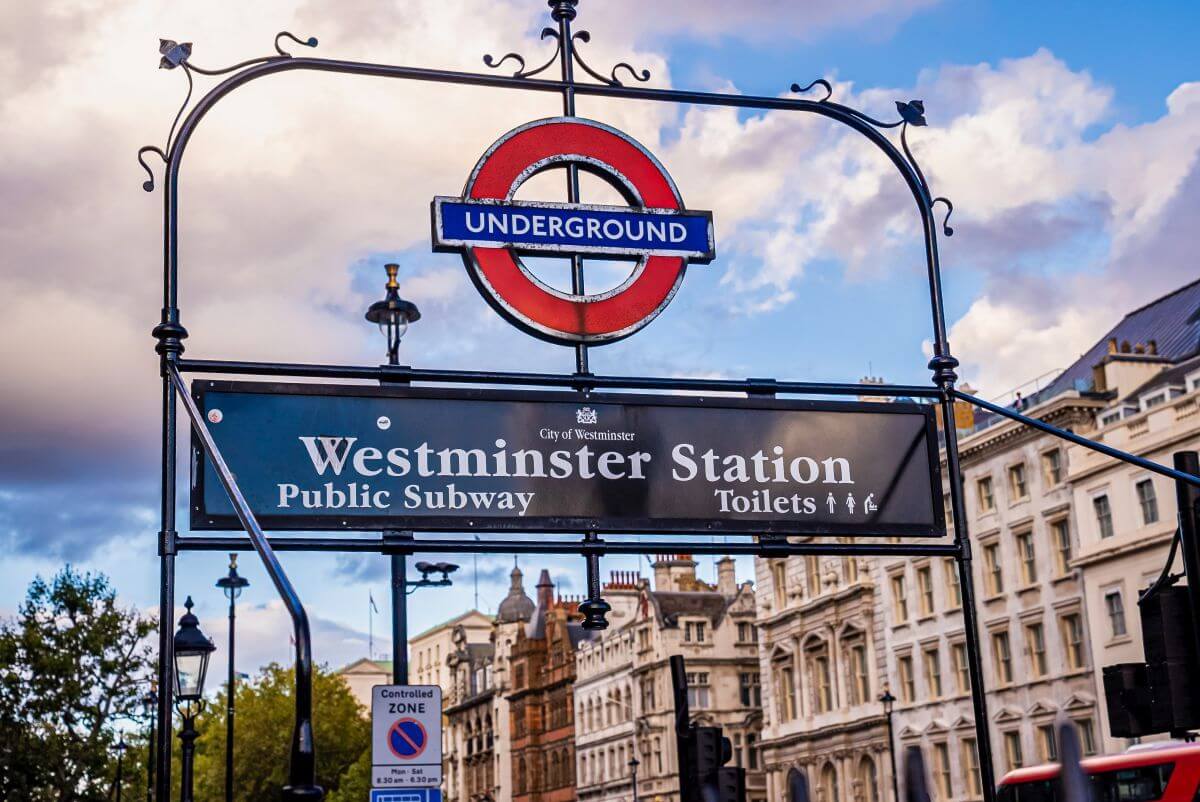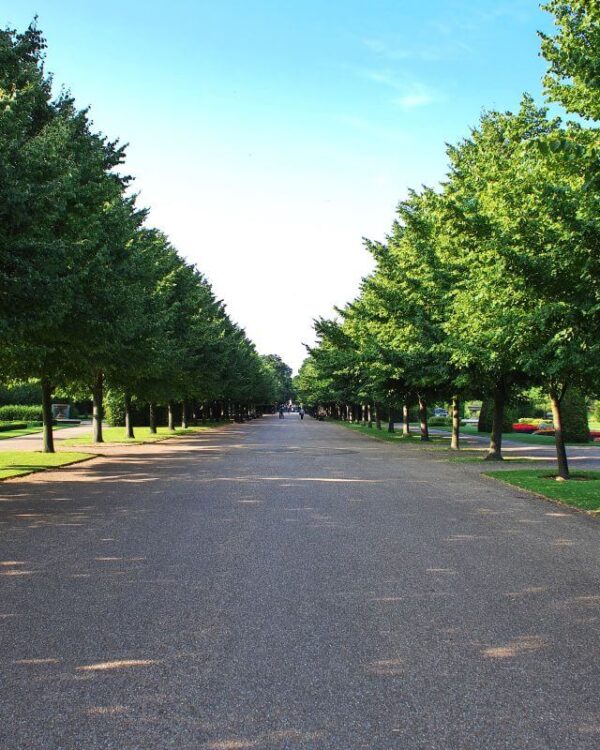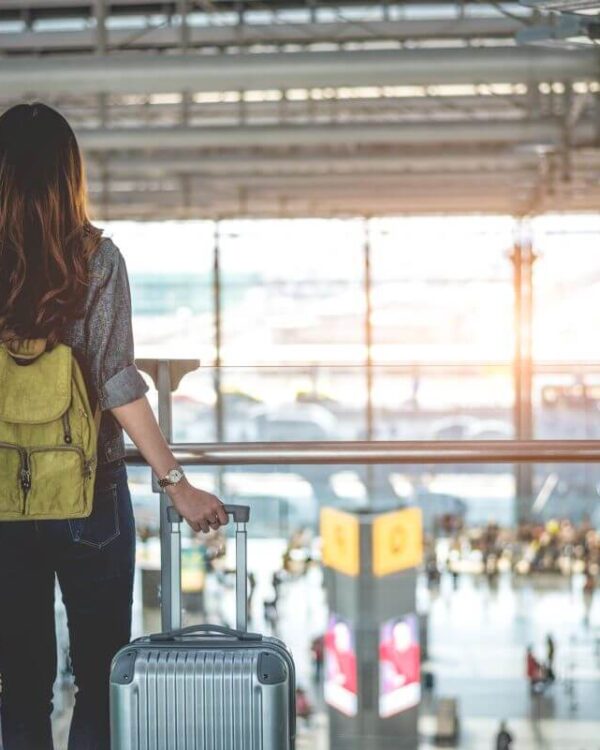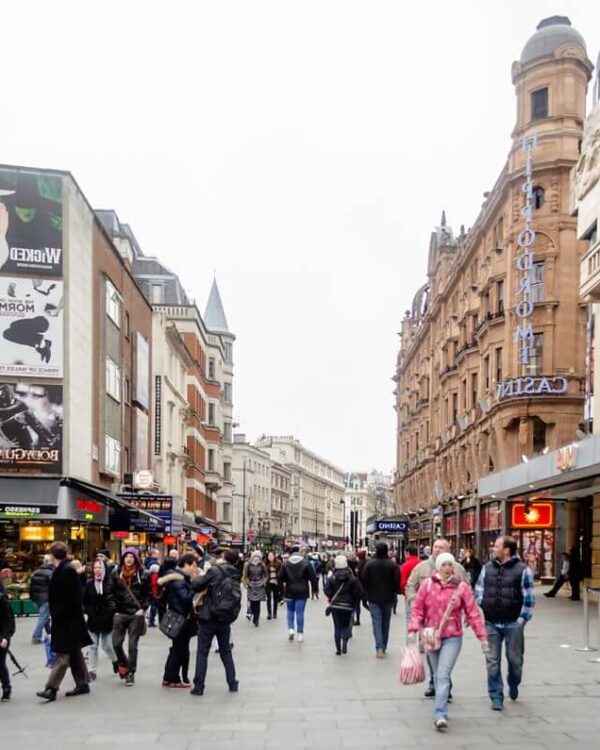What Is London Underground Metro?
The London Underground is a rapid transit system that serves Greater London and the home counties of Buckinghamshire, Essex and Hertfordshire in the United Kingdom. The Underground has its origins in the Metropolitan Railway, the world’s first underground passenger railway. The network has expanded to serve 11 lines, with 270 stations and over 400 kilometers (250 mi) of track.
Today, the Underground handles up to five million passenger journeys every day, making it one of the busiest metro systems in Europe. Despite its name, only 55% of the system is actually underground in tunnels, with much of the network running on the surface.
What Is Transport for London (TfL)?
Transport for London (TfL) is a local government body responsible for the transport system in Greater London, England. Its role is to deliver integrated transport services, develop London’s transport infrastructure and promote sustainable transport initiatives.
TfL is funded by a variety of sources, including fares from passengers, grants from the British government, congestion charge revenues and advertising. TfL manages London’s bus network, the Tube network, the Docklands Light Railway, the Tramlink service, some riverboat services and most of London’s cycling infrastructure. It also regulates private-hire vehicles such as taxis and minicabs in London.
Oyster Card: A Contactless Card
The London Underground Oyster Card is a plastic smart card which can be used instead of paper tickets on the London Underground, buses, trams, Docklands Light Railway, London Overground, TfL Rail and River Bus services in London. If you have an Oyster card, you do not need to buy a separate ticket for each journey you make.
The Oyster card system was introduced in 2003 to replace the old paper ticket system. More than 1 billion journeys are made using Oyster cards each year. The Oyster Card is essential for anyone who wants to use the London public transportation system.
London Underground Metro Lines
It consists of 11 lines – Bakerloo, Central, Circle, District, Hammersmith & City, Jubilee, Metropolitan, Northern, Piccadilly, Victoria, Waterloo & City – and serves 272 stations. Most of the system is underground, with each line serving a different part of the city.
How to Understand the London Underground Metro Map?
The London Underground is the oldest and most well-known metro systems in the world, and its distinctive tube map has become an iconic symbol of the city. The map is deceptively simple, but it hides a great deal of complexity. Each line is represented by a different color, and the stations are shown as dots or diamonds. The layout of the lines is based on a geometric principle, which results in a map that is easy to read and navigate.
Despite its apparent simplicity, the London Underground tube map is a masterpiece of design that has been carefully optimized for use by millions of commuters every day.
London Underground Prices
With such high demand, it’s no surprise that ticket prices can be expensive. A single journey costs £2.60 for Zone 1-2, but the price can vary depending on numerous factors. However, there are a number of ways to save money on Tube travel. For example, an oyster card allows users to pay as they go, and there are discounts for children, students, and seniors. There are also a number of apps that offer real-time information on the best value tickets.
What Affects the Price for a London Underground Metro Ticket?
One of the main factors that affects the price of London Underground metro is the time of day. Peak times, which are typically during the morning and evening rush hours, see the highest fares. Peak times are typically weekdays from 06:30 to 09:30 and 16:00 to 19:00, while off-peak times are weekends and public holidays or weekdays outside those hours. Off-peak fares, meanwhile, are typically cheaper as there is less demand for trains during these times.
Type of Ticket
Another factor that can affect prices is the type of ticket that you purchase. Single tickets are usually more expensive than return tickets, as they can only be used for a one-way journey. If you know in advance that you’ll be making multiple journeys, then it’s usually cheaper to buy a travel card.
Zone
Finally, prices can also vary depending on which zone you’re travelling to. The further away from the city center you go, the more expensive the fares tend to be. Zones 1 and 2 are the cheapest. By keeping these factors in mind, you can save money on your journey by avoiding peak times and purchasing the right type of ticket for your needs.
Similar Posts:
- The London Bus Guide: Everything You Need to Know About London Buses, Routes & London’s Greatest Public Transport Fares
- Métro de Paris: Paris Metro Lines, Ticket Prices and Metro Safety
- The Paris RER: The Regional Train Transport Network Around Paris
- Things to Do at Waterloo Station (London Waterloo)
- A Simple & Friendly Guide to London Overground Station
- London Paddington Station: A Railway Station in Central London
- London’s Railway Stations: All the Information You Need on King’s Cross Station
- Central London, Main Tourist Attractions You Have to See



